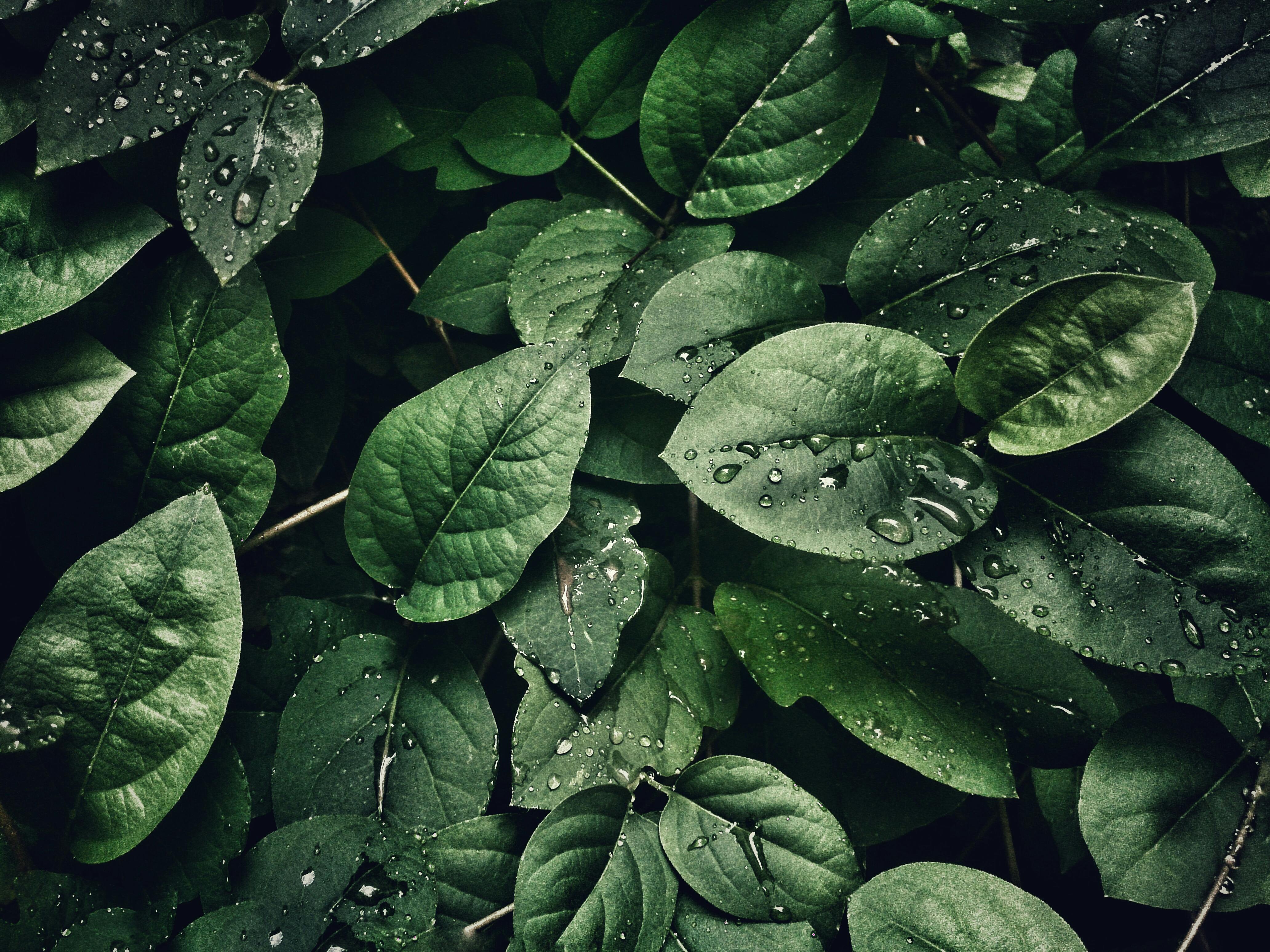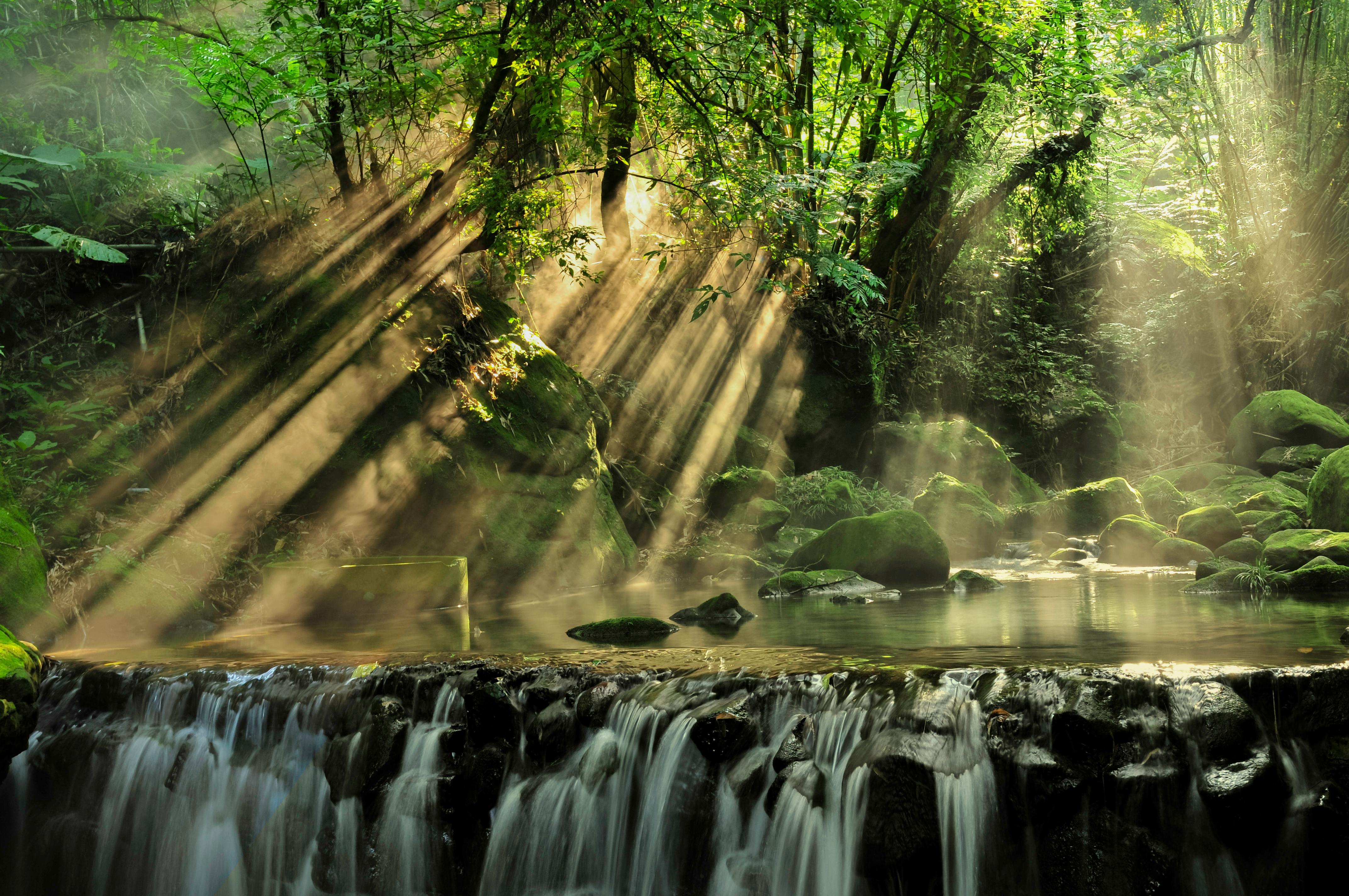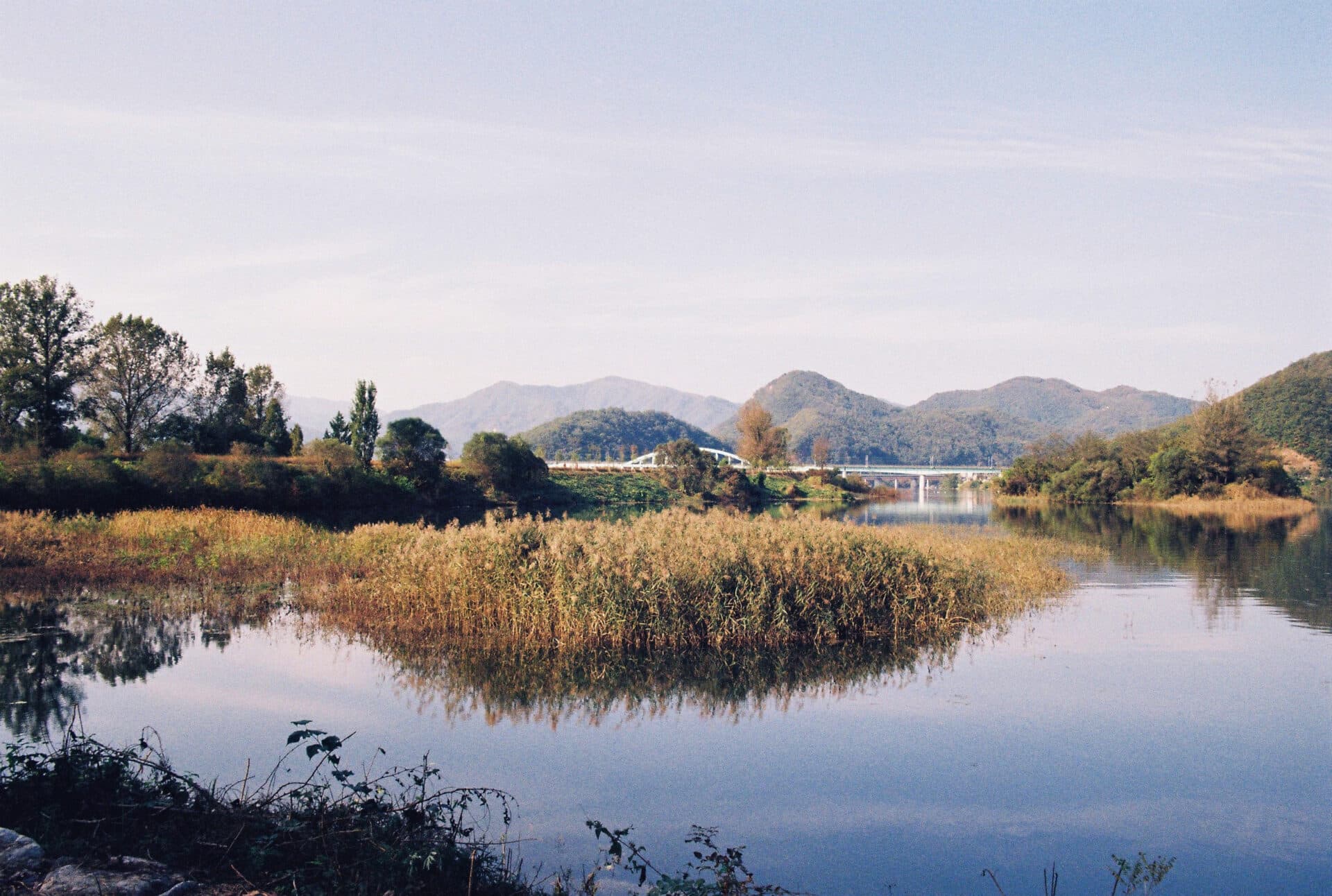Distilling water for plants is an effective way to ensure that your plants receive the highest quality of water. Distillation involves boiling the water, collecting the resulting steam and condensing it back into liquid form. This process removes any impurities that may be present in the original water, such as heavy metals or minerals, leaving only pure water for your plants. In this guide, we’ll explain how you can distil water for your plants at home.Distillation is a process of separating the components or substances from a liquid mixture by using selective boiling and condensation. In this process, the different compounds present in the mixture are separated by heating the mixture to form vapors. The vapors are then condensed back into a liquid form and collected. This process is based on the fact that different compounds have different boiling points and when heated, they evaporate at different temperatures, allowing them to be collected separately. The end result is that the components of a mixture are divided into separate parts based on their boiling points.
The Benefits of Distilling Water for Plants
Distilled water is free of contaminants and minerals, making it an ideal choice for watering plants. Distillation is a process that involves boiling water, capturing the steam, and then condensing it back into liquid form. The resulting water is free of any substances or contaminants that may have been present in the original source. This makes it an excellent choice for watering plants because it does not contain any residue or minerals that could potentially harm them.
Removes Contaminants
One of the main benefits of using distilled water for plants is that it removes any contaminants that may be present in the source water. These contaminants can include heavy metals, salts, and other harmful substances that can affect the health of your plants. By using distilled water, you can be sure that your plants are receiving clean and safe water without any unwanted impurities.
No Mineral Buildup
Another benefit of distilling water for plants is that it prevents mineral buildup in the soil. When minerals are present in the source water, they can accumulate over time in the soil and become toxic to your plants. By using distilled water, you can avoid this problem by preventing any mineral buildup from occurring in your soil.
More Nutrients Available
Finally, using distilled water for plants also helps make more nutrients available to them. Since there are no minerals or contaminants present in the distilled water, more nutrients will be available for absorption by your plants. This can help ensure that they stay healthy and strong throughout their growth cycle.
What Equipment Do I Need To Distill Water For Plants?
Distilling water for plants can be an effective way to make sure that the plants are getting the cleanest water possible. To do this, you will need some essential equipment. The basic setup consists of a heat source, a distilling container, and a condenser. The heat source is typically either a stovetop or an electric hot plate. The distilling container needs to be big enough to hold the amount of water you plan on distilling and should have an opening at the top that allows steam to escape. The condenser is the most important piece of equipment and should be able to effectively cool down the steam in order to collect it as liquid in another container.
Additionally, there are other pieces of equipment you may want to consider that can help make the distillation process more efficient. A thermometer can help you keep track of the temperature in order to make sure you’re not boiling away all your water too quickly. An airlock is also helpful for allowing steam to escape without letting any outside air into your setup. Finally, if you plan on running your setup for extended periods of time, a cooling fan can help keep your condenser from overheating.
Overall, distilling water for plants does require some specialized equipment but it doesn’t have to be expensive or complicated. With just a few pieces of basic equipment and some understanding of how it all works together, you can easily and efficiently provide your plants with clean water every time.
Preparing The Water For Distillation
Distillation is one of the most popular methods of purifying water. It involves heating the water to boiling point and then capturing the steam that is released. This steam is then cooled and condensed back into liquid form, which can be used for drinking or other household applications. However, before you begin distillation, there are certain steps you must take to ensure that the water is clean and free from contaminants.
The first step in preparing the water for distillation is to ensure that it does not contain any particles or debris. If there are visible particles in the water, it should be filtered through a fine mesh filter before it is heated. This will help remove any sediment or other particulates that could potentially contaminate the distilled water. Once you have filtered out any debris, you can move on to the next step.
The next step in preparing the water for distillation is to adjust its pH level. The pH level should be adjusted so that it falls within a range of 6-8 on the pH scale. You can purchase special test strips from your local hardware store to check the pH levels of your tap water. If necessary, you can use an alkaline solution to raise or lower its pH level accordingly.
Once you have adjusted its pH level, you can move on to disinfecting the water. This can be done by boiling it over a stovetop burner or using a UV light sterilizer device. Boiling will help kill off any bacteria or viruses present in the water while UV light sterilizers will also destroy harmful microorganisms. After disinfecting your tap water, you can now proceed with distilling it.
Finally, before beginning distillation, it is important to make sure that all materials used for this process are clean and free from contaminants as well. This includes vessels for collecting and storing distilled water as well as tubes and filters used during the distilling process itself. Doing so will help ensure that your distilled water remains contaminant-free throughout its use.
Step 1: Gather the Supplies
Distilling water for plants requires a few pieces of easy-to-find equipment. You’ll need a large pot, a smaller pot or bowl that fits inside the larger one, and a few feet of tubing. You also need ice cubes and a container to collect the distilled water. To get started, fill the large pot with tap water and place the smaller pot inside. Connect the tubing to both pots and place the other end in your collection container. Place several ice cubes in the small pot.
Step 2: Boil Water
The next step is to bring the water in the large pot to a boil. As it boils, it will create steam which will travel through the tubing into the small pot containing ice cubes. The steam will condense on contact with the cold surface of the ice cubes and turn into liquid again, this time as distilled water.
Step 3: Collect Distilled Water
As this process continues, you should start to see distilled water collecting in your container. When there is enough distilled water, simply remove your collection container from under the tubing and pour it into another vessel for storage or use. Continue boiling until you have all of your desired amount of distilled water collected.
Step 4: Clean Up
When you’re done distilling water for plants, clean up is simple — just empty out any remaining tap water from your pots and rinse out with hot soapy water before storing away or using them again later on.

Monitoring the Process of Distilling Water for Plants
Distilling water for plants is a process that requires close monitoring to ensure the best results. Proper distillation will provide plants with a clean, healthy source of water free from contaminants and other impurities. Here are some tips on how to closely monitor the process of distilling water for plants:
Check the Equipment Regularly
It is important to check the equipment regularly to ensure it is working properly and that no contaminants have entered the distillation system. This can be done by testing the equipment on a regular basis, checking for any signs of contamination, and making sure all components are in good working order. If any issues are identified, they should be addressed immediately.
Monitor the Water Quality
The quality of the distilled water should be monitored in order to ensure it meets the desired standards. This can be done by regularly testing the pH level, total dissolved solids (TDS) levels, and other parameters such as chlorine and nitrate levels. Any changes in these parameters should be noted and addressed if necessary.
Record Distilled Water Usage
Keeping track of how much distilled water is produced each day can help identify any potential problems or inconsistencies with its production. This information can also be used to determine how much distilled water is needed for different applications. Additionally, it can help identify any potential waste of resources if too much distilled water is produced or not enough is being produced.
Check Boiler Efficiency
The efficiency of the boiler used in distillation should also be monitored regularly in order to ensure it is producing clean steam that can effectively evaporate impurities from the water. The boiler should be inspected regularly for signs of wear and tear as well as any other issues that could affect its efficiency. Additionally, fuel usage should also be monitored as this will help determine how efficient the boiler is at producing clean steam for distillation purposes.
By following these tips, you can ensure that your process of distilling water for plants runs smoothly and efficiently without wasting energy or resources. Monitoring this process closely will also ensure you produce high-quality distilled water that meets your desired standards every time.
Raw Water Quality
The quality of the raw water used plays an important role in the quality of distilled water produced. If the raw water contains high levels of minerals, contaminants, or other impurities, it will be harder to create a high-quality distillate. Surface water sources are usually more prone to contamination than ground water sources, so care should be taken when choosing a source for distillation. Additionally, it is important to make sure that any pretreatment steps such as filtration or chemical treatment are robust enough to remove all potential contaminants from the raw water.
Operating Conditions
The operating conditions of a distillation system also have an impact on the quality of distilled water produced. The temperature and pressure of the system should be carefully controlled to ensure optimal performance and reduce the risk of contamination. Additionally, distillation systems should be cleaned regularly to prevent any build-up of contaminants that could lead to poor quality distillate.
Distillation Method
The type of distillation method used can also affect the purity and quality of distilled water produced. For example, vacuum distillation systems can produce higher purity results than atmospheric distillation systems due to their ability to operate at lower temperatures and pressures. Additionally, multiple-effect evaporators can produce very pure results by allowing multiple stages of evaporation and condensation in one unit.
Post-Treatment Steps
Finally, post-treatment steps such as additional filtration or chemical treatment may be necessary depending on the desired application for the distilled water. For example, if ultra-pure distilled water is needed for medical or laboratory use, additional steps such as reverse osmosis may be necessary to achieve the desired result.
Troubleshooting Common Issues When Distilling Water For Plants
Distilling water for plants can be a tricky process. If you are having difficulty distilling water for your plants, you may need to troubleshoot some common issues. Here are some tips for troubleshooting common issues when distilling water for plants:
The first step is to make sure that the distilled water is not too acidic or too alkaline. The ideal pH range for distilled water used on plants is 6.5-7.0, so make sure that your distilled water falls within that range. You can test the pH of the distilled water with a simple pH test kit.
Next, check the temperature of the distilled water. The ideal temperature range is between 65-85°F (18-29°C). If the temperature is too hot or too cold, it can affect how well the plants absorb the nutrients contained in the distilled water.
Another issue to look out for is contamination from minerals and other substances found in tap or well water. Distillation removes most contaminants from tap or well water, but it cannot always remove them all. To ensure that there are no contaminants in your distilled water, you should use a reverse osmosis filter or an activated carbon filter before you begin distillation.
Finally, make sure that you do not over-water your plants with the distilled water. Distilled water has a higher concentration of nutrients than tap or well water, so it can be easy to over-water your plants if you are not careful. Make sure to follow the instructions on how much distilled water to use for each type of plant.
By following these simple tips, you should be able to troubleshoot any common issues when distilling water for your plants. With a little bit of care and attention, you can easily ensure that your plants receive all of the nutrients they need from their drinking supply!

Conclusion
Distilling water for plants is an effective way to ensure that they are receiving pure and clean water that is free from contaminants. The process is simple and can be done at home with minimal equipment. Distilled water can be used in place of tap water or other sources of water for watering plants, as well as for making nutrient solutions for hydroponics. It is important to remember that distilled water does not contain any minerals or nutrients and therefore should not be used on its own as a plant fertilizer.
Distilled water should be stored in a clean container with a tight lid, away from direct sunlight and heat, and should not be exposed to air for extended periods of time, as oxygen will cause the water to become stale. Also, distilled water should never be left standing in one container for more than 24 hours, as it will absorb toxins from the container it is stored in.
Overall, distilling water for plants is an easy and effective method of providing them with clean and pure drinking water. It can help prevent disease and increase the health of your plants by providing them with quality drinking water free from contaminants or harmful minerals.

